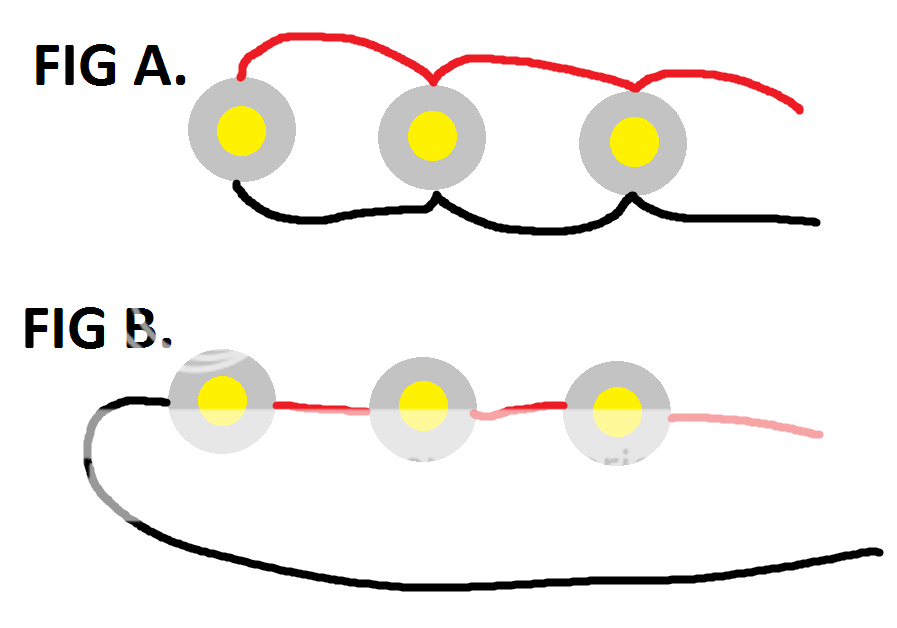I would recommend the LDDs again, for the same reason as suggested earlier. Personally I wouldn't run the XPE2s at 1.5A since they have a max drive of 1A! To be honest, I wouldn't use XPE2s except for deep blue. XTE are better for royal blue if you want Cree and still cheap, and XPG2 or XPG3 (if you can find the 3s cheap) are still good value/performance and much better than XPE2s for whites.
I'd actually do a mix of deep blue, royal blue and white, and run them on a few of the tiny LDD700-L, from a single 12V PSU which can also power the arduino and fans
Tim
I'd actually do a mix of deep blue, royal blue and white, and run them on a few of the tiny LDD700-L, from a single 12V PSU which can also power the arduino and fans
Tim

